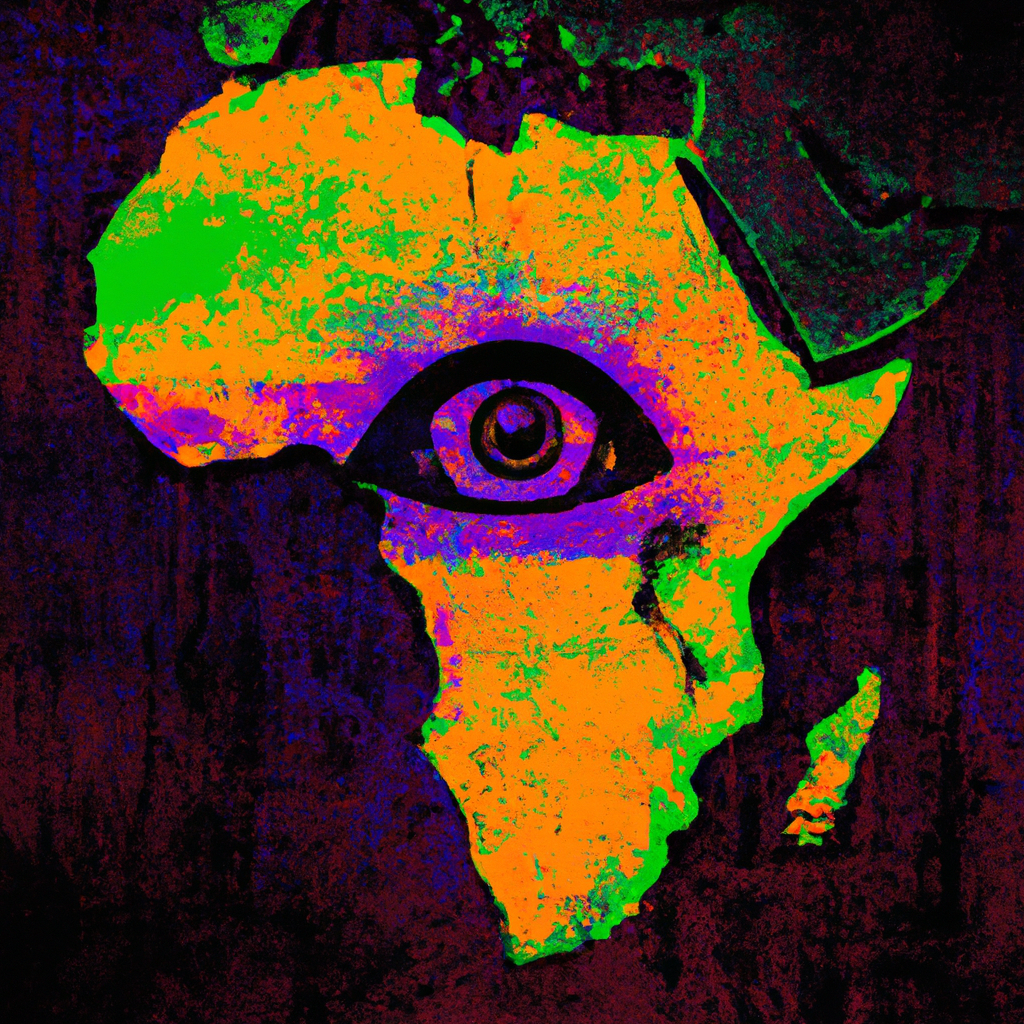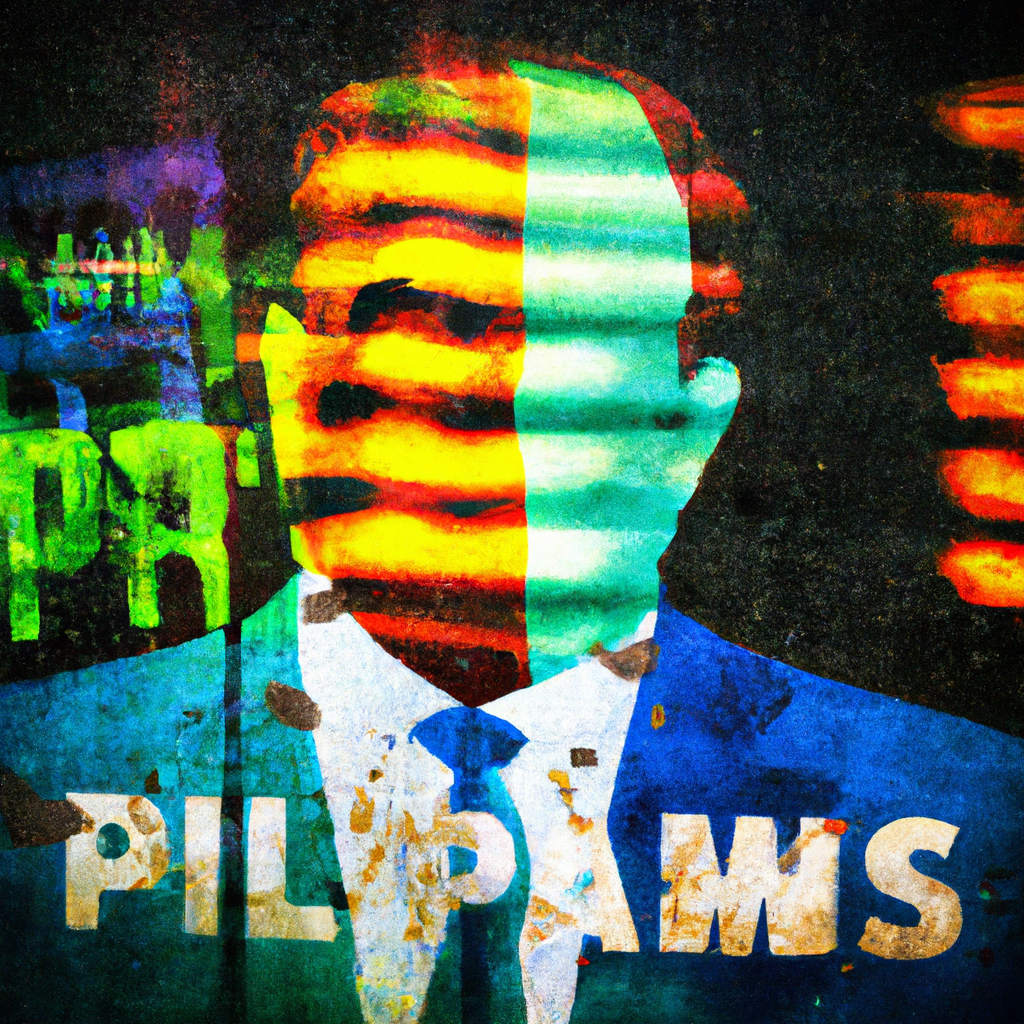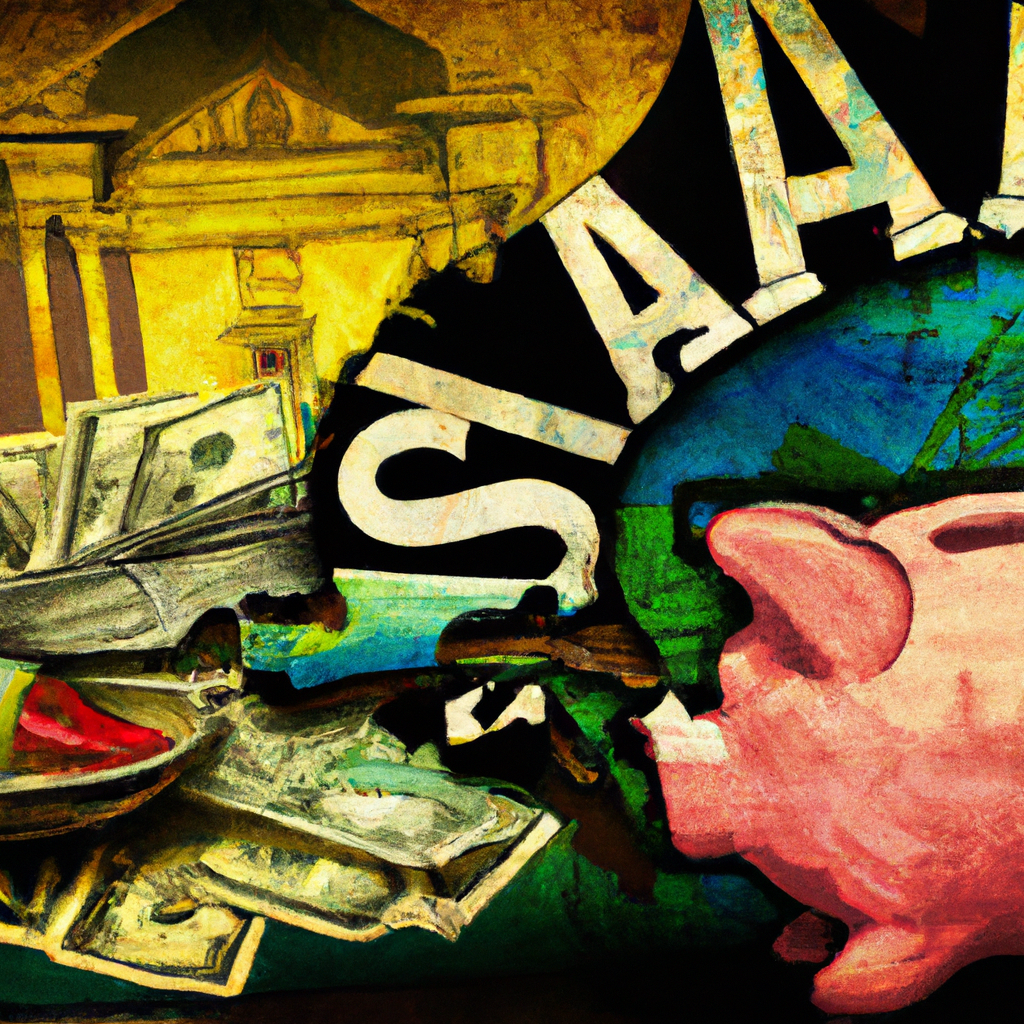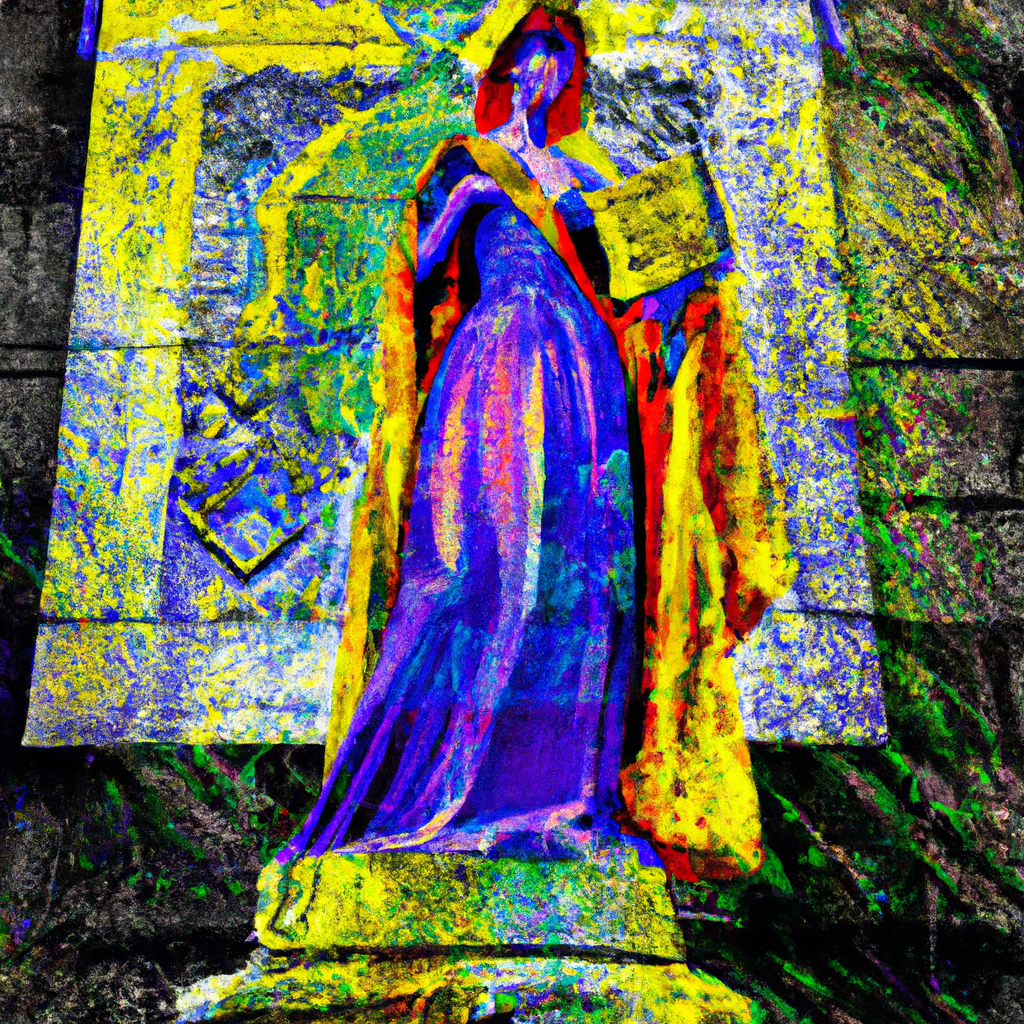
- Tue, 25 November 2025

The Celts, who lived over 2,000 years ago in what is now Ireland, the UK, and northern France, divided their year into two halves: the lighter half (summer) and the darker half (winter). Samhain, occurring on the 31st of October, signified the transition from summer to winter.
One of the core beliefs surrounding Samhain was that the veil between the living and the spirit world was at its thinnest during this time. This allowed spirits, both benevolent and malevolent, to pass through. Ancestors were honoured and invited home, while harmful spirits were warded off. It was also believed that the Druids, the Celtic priests, could make more accurate prophecies during Samhain due to this spiritual activity.
To commemorate the event, the Celts would build huge sacred bonfires. People would gather to burn crops and animals as sacrifices to the Celtic deities. During the celebration, they would wear costumes made of animal skins and attempt to tell each other’s fortunes. When the festivities were over, they would relight their hearth fires from the sacred bonfire to help protect them during the coming winter.

The Druids, as the religious leaders of the Celts, played a significant role in the Samhain celebrations. They would lead the ceremonies and offer sacrifices. They also played a crucial role in guiding the spirits of the dead to the underworld.

With the Roman conquest of Celtic territories, Roman festivals were gradually incorporated into the Celtic celebration of Samhain. Feralia, a day in late October when the Romans traditionally commemorated the passing of the dead, and a festival honouring Pomona, the Roman goddess of fruit and trees, are believed to have been combined with Samhain. This is thought to be the origin of the apple bobbing tradition.
As Christianity spread through Celtic lands, efforts were made to replace pagan festivals with Christian ones. In the 8th century, Pope Gregory III designated November 1st as All Saints’ Day, a day to honour all saints and martyrs. The evening before, traditionally known as All Hallows’ Eve and later Halloween, retained many of the traditional Samhain customs.





Receive out monthly newsletter and stay up to date with the top stories.